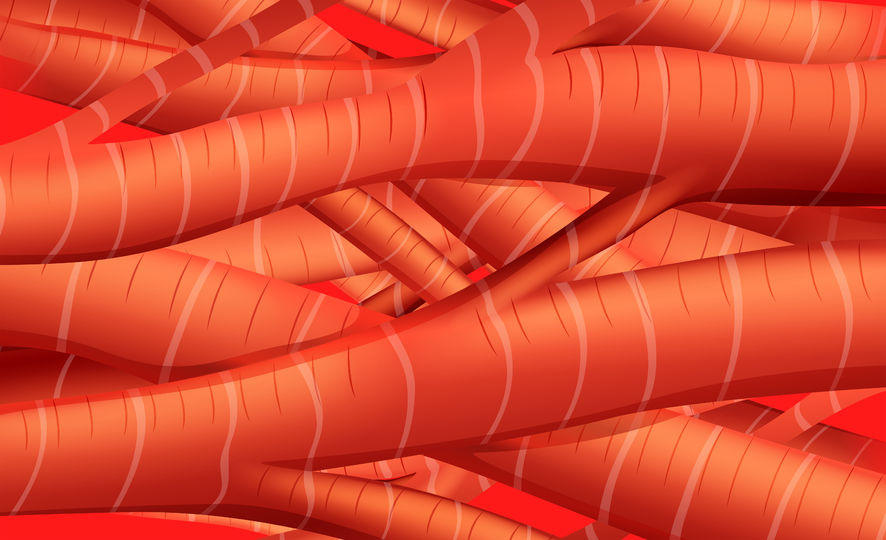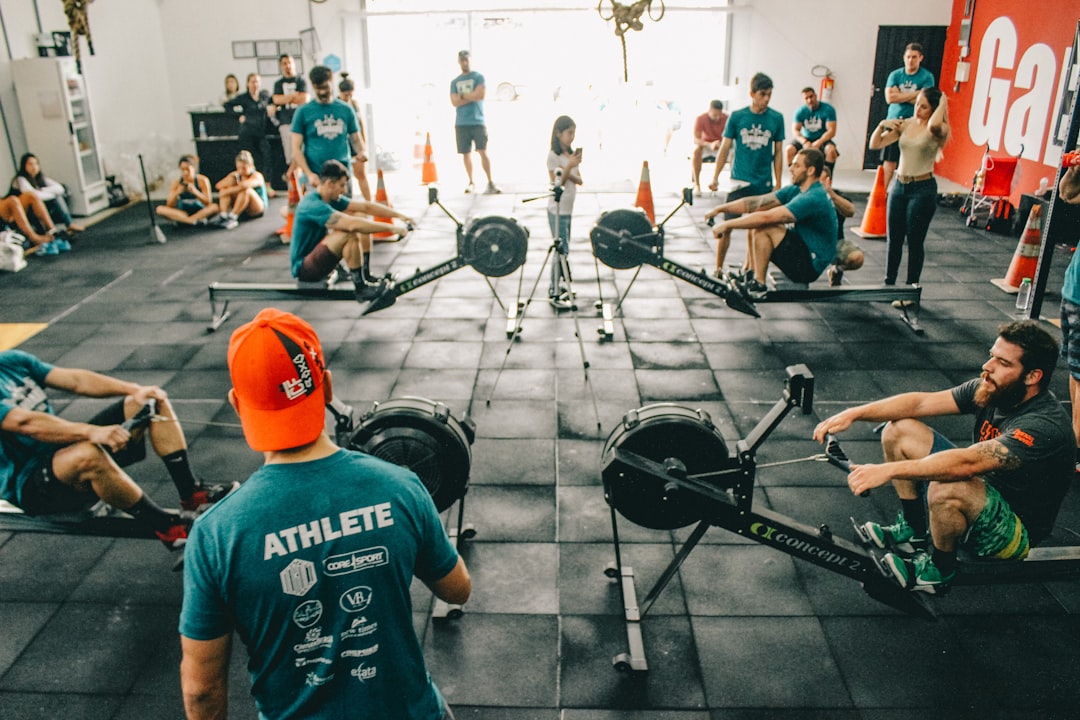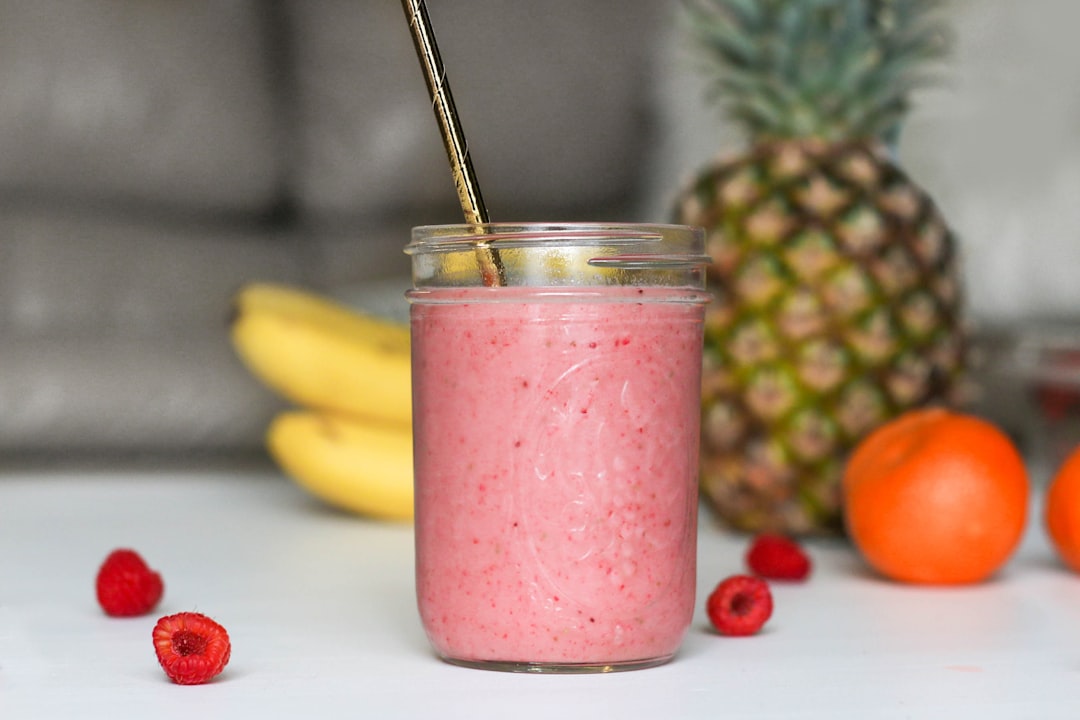


Injuries Do Happen
Injuring yourself during a workout can happen to anyone, at any level of fitness. Pretty much any exercise can cause injury if done improperly or without enough warmup, even walking.
But you can significantly cut your risk of injury by following certain workout precautions.
The Most Common Types of Workout Injuries
Sprains. Over-stretching or minor tearing of the ligaments results in a sprain. Ligaments are pieces of tissue that connect bone to bone.
Strains. Over-stretching or minor tearing of the muscles or tendons results in a sprain. Tendons are thick, fibrous cords of tissue that connect bone to muscle.
Tendonitis. A condition in which the tissue connecting muscle to bone becomes inflamed. It's usually caused by overuse of the tendons as opposed to a one-time injury to the tendons.
DOMS (Delayed-onset muscular soreness).In other word sore muscles from working out. Swelling of the muscle is a natural reaction to an overworked muscle. Swollen muscles usually are painful and weak.

Sprain and Strain Treatment
The symptoms of a sprain and a strain are almost identical.
But in order to know what you're dealing with here are the symptoms for both a sprain and a strain.
Sprain:
• bruising
• pain around the affected joint
• swelling
• limited flexibility
• difficulty using the joint’s full range of motion
Strain:
• muscle spasm
• pain around the affected joint
• swelling
• limited flexibility
• difficulty using the joint’s full range of motion
The real difference is that with a sprain you may have bruising around the affected joint, whereas with a strain, you may have spasms in the affected muscle.
For the first 24 to 48 hours after your injury, RICE.
Rest
Ice
Compression
Elevation
This will help you reduce your symptoms and alleviate some pain.
Rest: Try not to use the injured area while it heals. This will give the joint time to heal.
Ice: Ice helps reduce swelling and inflammation. Don't apply ice directly to your skin it can give you frostbite. Wrap a thin towel around the ice. Put it on the affected area for 20 minutes, then remove the ice for 20 minutes. Repeat as often as you can for the first 24 to 48 hours.
Compression: Compression helps to reduce the swelling. Wrap the affected joint with an elastic wrap. Make sure it's not too tight or you will cut off circulation.
Elevation: Keep the affected joint elevated above the level of your heart. This will help reduce swelling.
If it's a mild strain or sprain, most people can return to limited activities in two to three days.
For moderate strains or sprains it might take a week of recovery.
For severe strains or sprains it could take weeks to months to be recovered enough for normal activity.
Any strain or sprain lasting over two weeks you probably need to visit your doctor.
If after 24-48 hours the inflammation is gone with a muscle strain heat may help ease the pain and help healing.
Tendonitis Treatment
Tendonitis. Tendonitis and bursitis are usually caused by repetitive activities. When you're first injured, use Ice especially for about the 48 hours or so. Ice numbs pain and causes blood vessels to constrict, which helps reduce swelling. Stick to icing the area for just 15 to 20 minutes every four to six hours. Remember don't put ice directly on skin.
After the first three days, heat provides better benefits for chronic tendinitis pain. Heat increases blood flow to an injury, which helps promote healing. Heat also relaxes muscles, which promotes pain relief.
DOMS (Delayed-onset muscular soreness)
DOMS usually peaks 48 to 72 hours after a workout, as your body really goes to work on the process to repair muscle fibers that were torn during exercise.
DOMS lasts about two to three days once the soreness peaks.
Ways to speed up recovery
Drink plenty of water. water helps flush out waste products, which accumulate during repair.
Do light exercise targeting the sore areas. This is because activity increases circulation, which improves blood flow throughout the body.
Stretch. Lightly stretch until the muscle feels slightly tight, do this for only small periods of time like 5-10 seconds, and then repeat. Don't overdo this it will cause more damage.
Make sure you're eating enough Protein. Protein is the building blocks of muscle.When you exercises you are causing minor tears in the muscles so you need protein for the repair.
Ice or Heat. A warm bath or an Ice pack either can provide relief from you muscular pain. Whichever one makes you feel good is ok.

Preventing Injuries
Taking a few steps to prevent injury goes a long way in helping you reach your fitness goals. Here is a few thing you can do.
Warm Up It is so important to warm up before each workout.This insures that muscles receive enough blood and nutrients to preform. About 10 minutes of light cardio will get your circulation going.
Stretch before and after workout. this increases your flexibility which will allow you to perform more efficiently during your workout.
Drink plenty of water. Water is the base of all of our chemical and physiological functions of the body. Without enough water the body doesn't function properly and that's a setup for injury.
Get enough rest between workouts. Rest is when the body repairs itself and without enough you won't see results and will eventually injure yourself.
The Conclusion:
Injuries are one of the main reasons we don't reach our fitness goals. If you can keep injuries to a minimum you give yourself a better chance at achieving those goals.
If injury does occur quickly follow the protocol to help it heal. Don't ignore the injury treat it and you'll have a better chance at full recovery.





